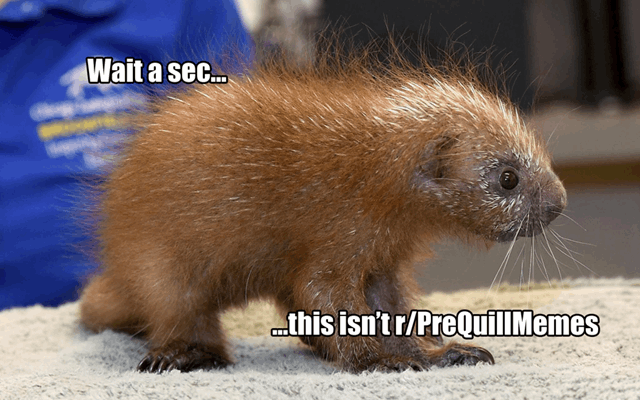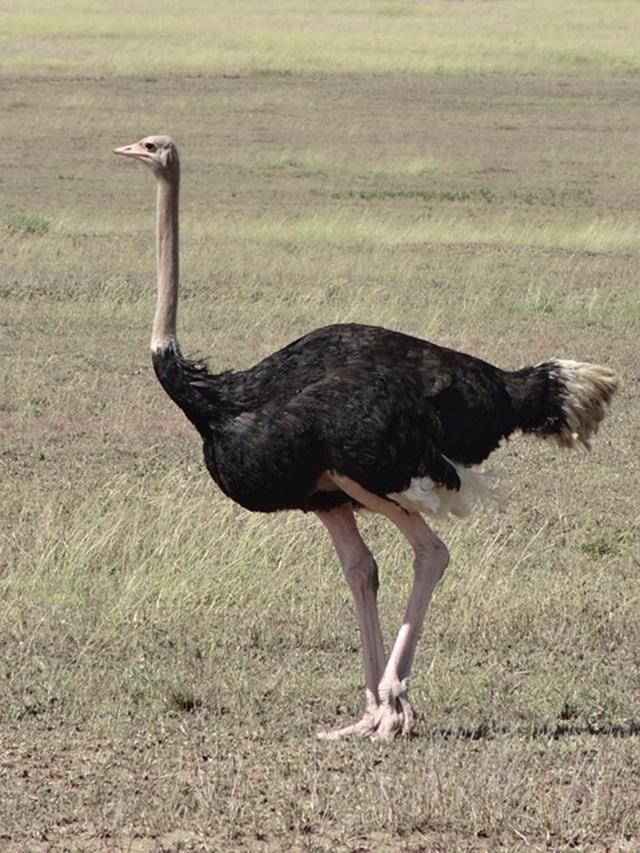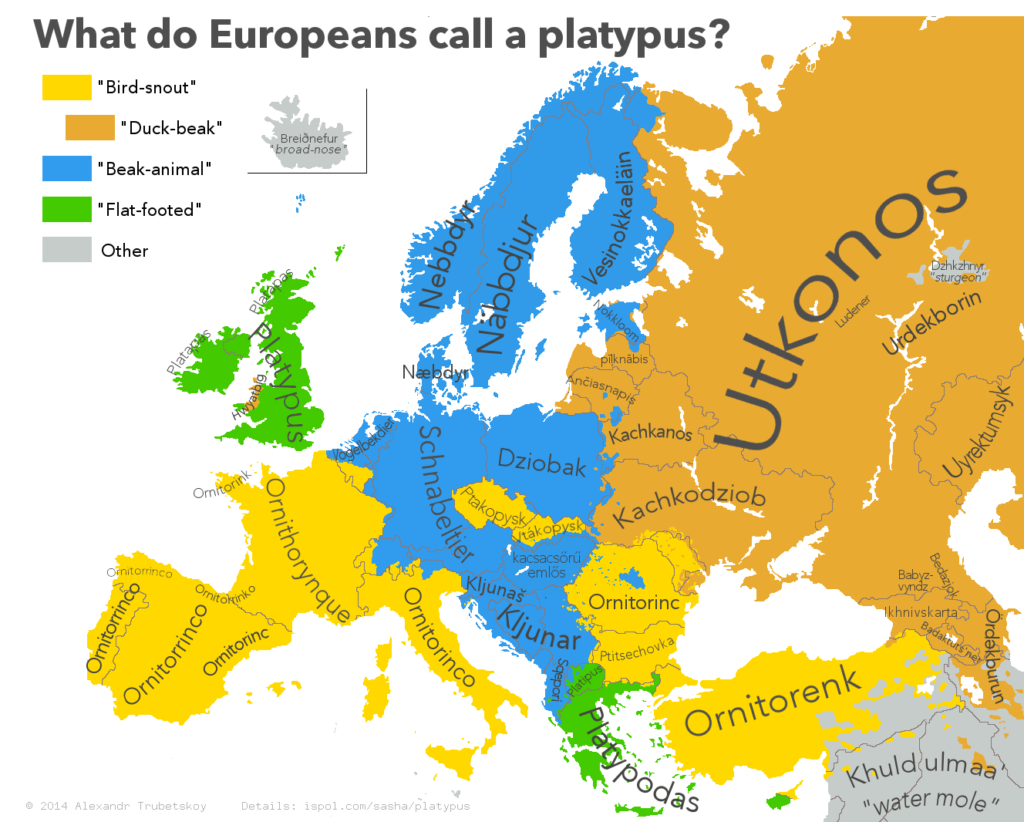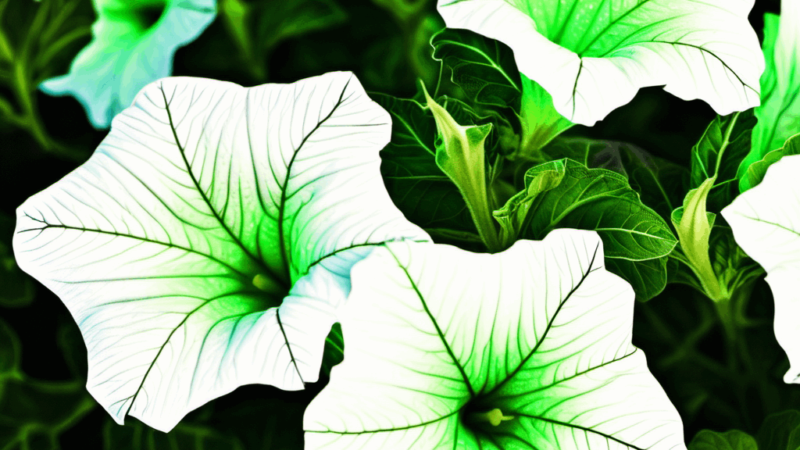Business Goose, Duck mole; animals in other languages

Business Goose
Penguin – In Chinese, the word for penguin is “企鹅” (qǐ’é), which translates to “business goose.” In many languages the name for penguin is some variation of the latin pinguis, which is latin for ‘fat’, and the alternatitive German word is fettgans or ‘fat-goose’, and the related Dutch word vetgans. Czech for penguin is tučňák which just means ‘fatty’ and Icelandic is Mörgæs which means ‘suet goose’. Historically, penguins were associated with oil and fat. Joseph Hatch, a British entrepreneur, found you could get one-half litre of oil per bird in his steam digesters. Between 1890-1919 on Macquarie island he processed about 2 million penguins for oil.
Bonus fact: a group of penguins is called a ‘waddle.’
Quill Pig

Porcupines are known for their sharp quills that serve as a defence mechanism. In English, they are aptly named “porcupine,” which derives from the Middle French word “porc d’épine,” meaning “spiny pig.” This whimsical name highlights their spiky appearance while playfully comparing them to their distant pig relatives. In some parts of America they are still called “quill-pigs”.
Bonus fact: A baby porcupine is called a porcupette.
River horse

In Korean, hippos are called “하마” (hama), which also means “river horse.” The word “hippopotamus” originates from the Greek language. It is a combination of two Greek words: “hippos” meaning “horse” and “potamos” meaning “river.” When combined, the word translates to “river horse.” The ancient Greeks likely gave this name to the animal due to its large size, bulky shape, and semi-aquatic nature. The German is das Nilpferd (‘Nile horse’, as they were found on the River Nile)
Camel leopard

The Ancient Greeks called giraffes kamēlopárdalis, or camel leopard, because it was a bit like a large camel, with spotted patterns like a leopard. The scientific name for the Northern Giraffe is Giraffa camelopardalis. In mordern greek they still call it a kamilopárdali.
Sparrow camel

The Ancient Greeks also likened Ostriches to camels as, like camels, they are able to withstand desert temperatures and go for long periods without water. Its scientific name, Struthio camelus, derives from the ancient greek; στρουθός (strouthós, “sparrow”) + κάμηλος (kámēlos, “camel”). The modern Greek for giraffe is still strouthokámilos.
Flutter mouse

In German, a bat is called a Fledermaus; literally flutter-mouse. This name playfully describes the bat’s ability to fly and its mouse-like appearance, as it looks like a mouse but flutters like a moth.
Shadow tail

The Ancient Greeks called squirrels skíouros (shadow-tail). This translated into latin as scūriolus, which in Old French became escurel, Anglo-Norman esquirel and Middle English; squirel. In modern Greek squirrel is still skíouros.
Bonus fact: Confusingly, the dutch word for squirrel is eekhoorn, which sounds a lot like acorn!
Sea pig

The Japanese Kanji used for the word dolphin are 海豚 literally ‘sea’ and ‘pig’. Perhaps they thought the dolphins’ noses were like the snouts of a pig?
Sea tiger

The Japanese Kanji used for the word dolphin are 海虎 literally ‘sea’ and ‘tiger’. An appropriate name for a top predator of the sea.
Washing bear

The Japanese Kanji used for the word dolphin are 洗熊 literally ‘washing’ and ‘bear’ as raccoons look a bit like small bears and are always washing themselves. Similarly the Dutch for raccoon is wasbeer (wash bear) and the German is waschbär (wash bear).
https://noriko-sensei.com/blog/what-is-a-sea-pig-in-japanese
Man of the forest

The word “orangutan” in Indonesian and Malay means “person of the forest.” This name reflects the resemblance of these great apes to humans and their natural habitat.
The term “orangutan” (alternatively spelled orang-utan, orang utan, orangutang, and ourang-outang) originates from the Malay language, combining two words: “orang,” meaning “person,” and “hutan,” meaning “forest.” Initially, the name was used by locals to describe humans living in the forest. Over time, the word’s meaning expanded to encompass apes belonging to the Pongo genus within the Malay language’s evolution.
Bonus fact: Orangutans are recognized as the most intelligent among all great apes (excluding humans), they possess exceptional reasoning abilities surpassing those of gorillas and chimpanzees.
Duck mole

There are various variations on the name for platypus in different languages. Most languages have some variation on Duck beak, Bird beak, Water beak animal, Bird snout etc. Platypus means flat foot, probably the least interesting aspect of this unusual animal.

Bonus fact:
In Aboriginal legend, a young female duck encounters a lonesome and persuasive water-rat. Through their unlikely union, the offspring inherited the duck’s bill and webbed feet, as well as the water-rat’s four legs and beautiful brown fur. This unique combination of traits gave rise to the enchanting creature we know as the platypus.
Naked snail

The Germans have some brilliantly literal words for animals, including die Nacktschnecke for slug, which literally translates as the ‘naked snail’.
Shield toad

The Germans saw a tortoise as a large toad with a shield on its back, hence; die Schildkröte; schild meaning shield, and kröte meaning toad. The Japanese kanji for tortoise is 陸 亀 meaning ‘land turtle‘ (don’t know why they didn’t call turtles ‘sea tortoises’!).
Little Earth Man

The German for meerkat is das Erdmännchen, Erd=earth, männchen = little man, perhaps because they stand on two legs like a human and burrow in the ground? Meerkat originally meant monkey, which we borrowed from the Dutch settlers in Africa who seem to have applied the word to a variety of burrowing animals.
Threatening rooster

Another great German translation, der Truthahn probably translates as ‘Threatening rooster’. ‘Trut’ is thought to come from Middle Low German ‘drōten’, meaning ‘threaten’, and ‘hahn’ means ‘rooster.’ They might have been given this name as they are larger and more intimidating than a normal rooster. Although ‘trut’ could also come from the noise it makes.
Turkeys are interesting in that every country thinks they come from somewhere else:
Arabic – dik rumi “Roman rooster“
Some arabic dialects – habashi “Ethiopian bird“
Greek – γαλοπούλα “French chicken“.
French – la dinde (as in ‘poule d’Inde’) “Indian chicken“
Portugese – “Peru“
Finish – kalkoen (the Finish name for the Indian port of Calicut) “India“
Macedonian -Misir, or misirka “Egypt“
Turkey – Hindi “India“
Polish – indyk “India“
The Portugese were actually the closest, as the domesticated Turkey came from the Americas. When the Spanish brought back the birds from South America in the 1500s, the birds were sold on and transferred through various shipping routes, which might have got them confused about its origin. That they came from the West Indies might be why some countries got confused and thought they were from India.
Bonus fact: The Japanese and Korean call it the ‘bird of seven faces’ due to the way its face changes depending on its mood, e.g. flushed red face means it feels angry or threatened, blue or white means relaxed.






